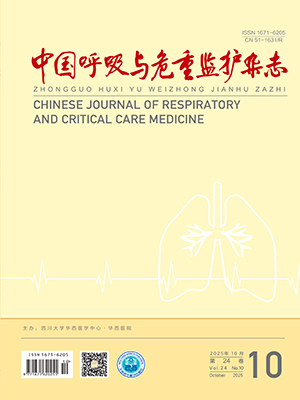Objective To analyze the clinical features and treatment of severe H1N1 influenza.Methods The clinical data of 34 patients with severe H1N1 influenza admitted to intensive care unit from October to December 2009 were reviewed. Results The patients aged 3 months to 60 years with an average of ( 13. 9 ±4. 5) years, of which 24 patients were younger than 7 years old. Fever( 30 cases) , cough( 32 cases) , progressive shortness of breath( 19 cases) were the main symptoms. White blood cell count was normal in 21 cases, increased in 6 cases, and decreased in 7 cases. Lymphocyte count was normal in 16 cases, increased in 12 cases, and decreased in6 cases. Chest X-ray films showed bilateral or unilateral patchy pulmonary fuzzy shadows in28 cases. Chest CT showed diffuse interstitial lesion in1 case, pleural effusion in 2 cases, and bronchiectasis in 1 case. The hepatic and myocardial enzymogramparameters were all abnormal.30 cases were treated by oseltamivir and ribavirin, 4 cases by methyllprednisolone, and 6 cases by gamma globulin. 8 cases underwent routine intubation and mechanical ventilation, and 5 cases received non-invasive mechanical ventilation. All 34 patients were cured. Conclusions Lung, heart, and liver are the major target organs in severe H1N1 influenza. Mechanical ventilatory support is an important treatment for severe H1N1
influenza.
Citation: ZENG Weizhong,LI Shunwu,ZHOU Yuan,PENGSuna,ZHANG Xi.. Clinical Analysis of 34 Patients with Severe H1N1 Influenza. Chinese Journal of Respiratory and Critical Care Medicine, 2010, 9(3): 230-233. doi: Copy
Copyright © the editorial department of Chinese Journal of Respiratory and Critical Care Medicine of West China Medical Publisher. All rights reserved




